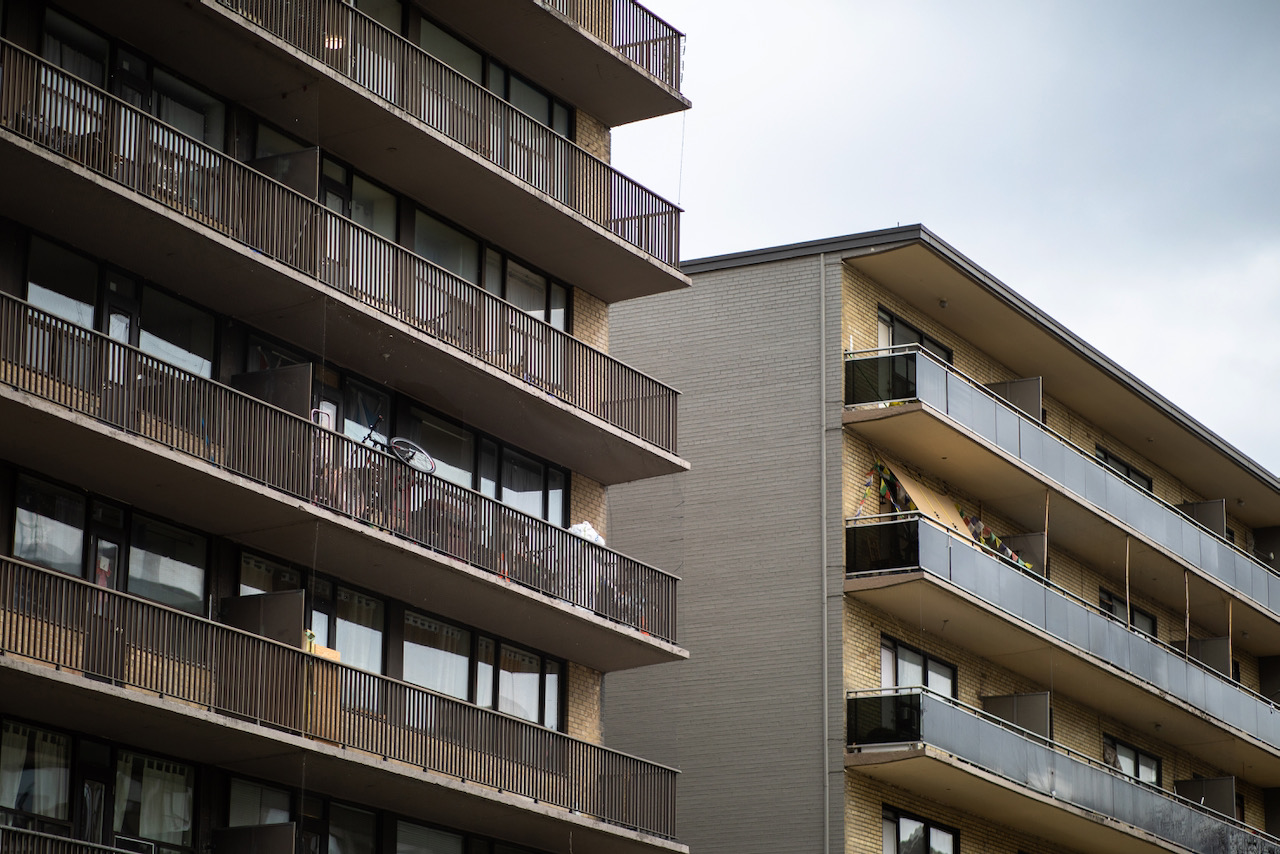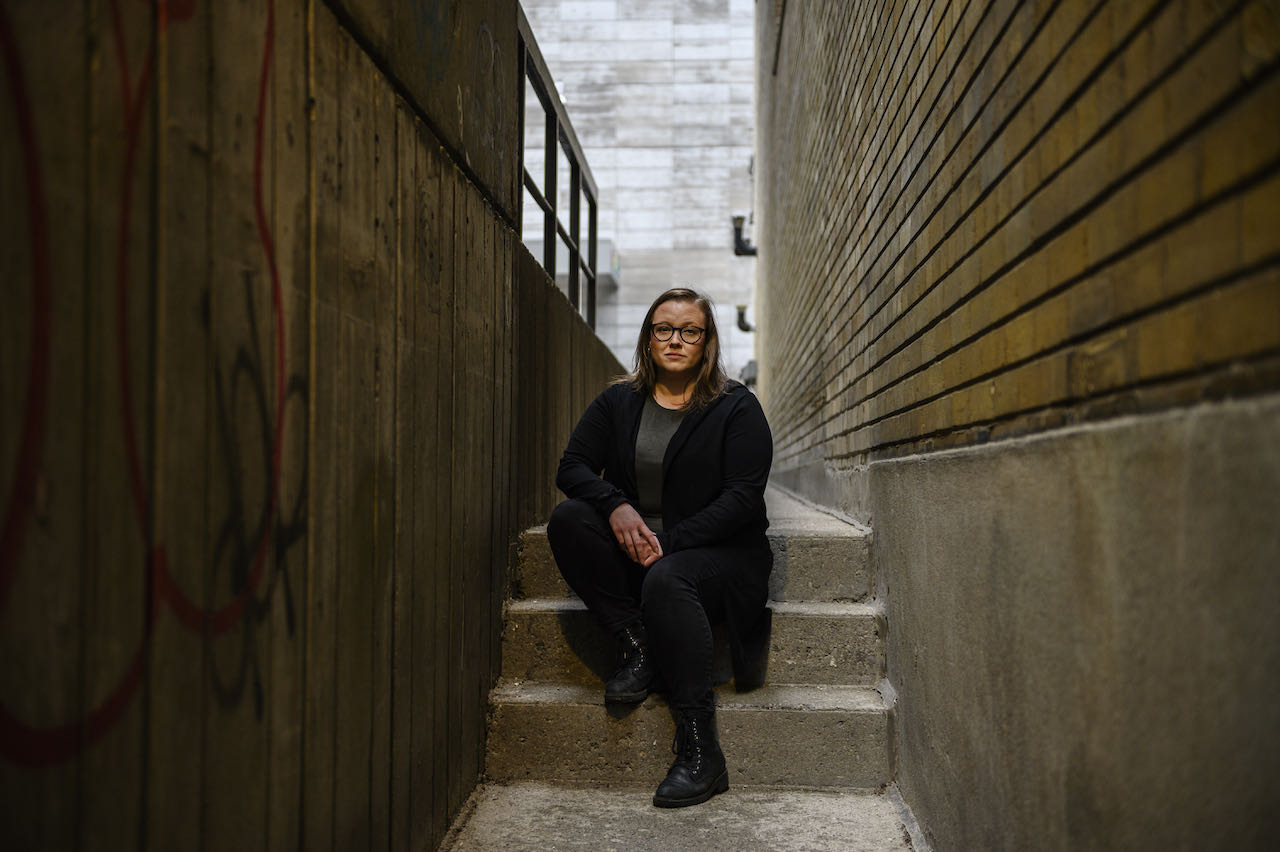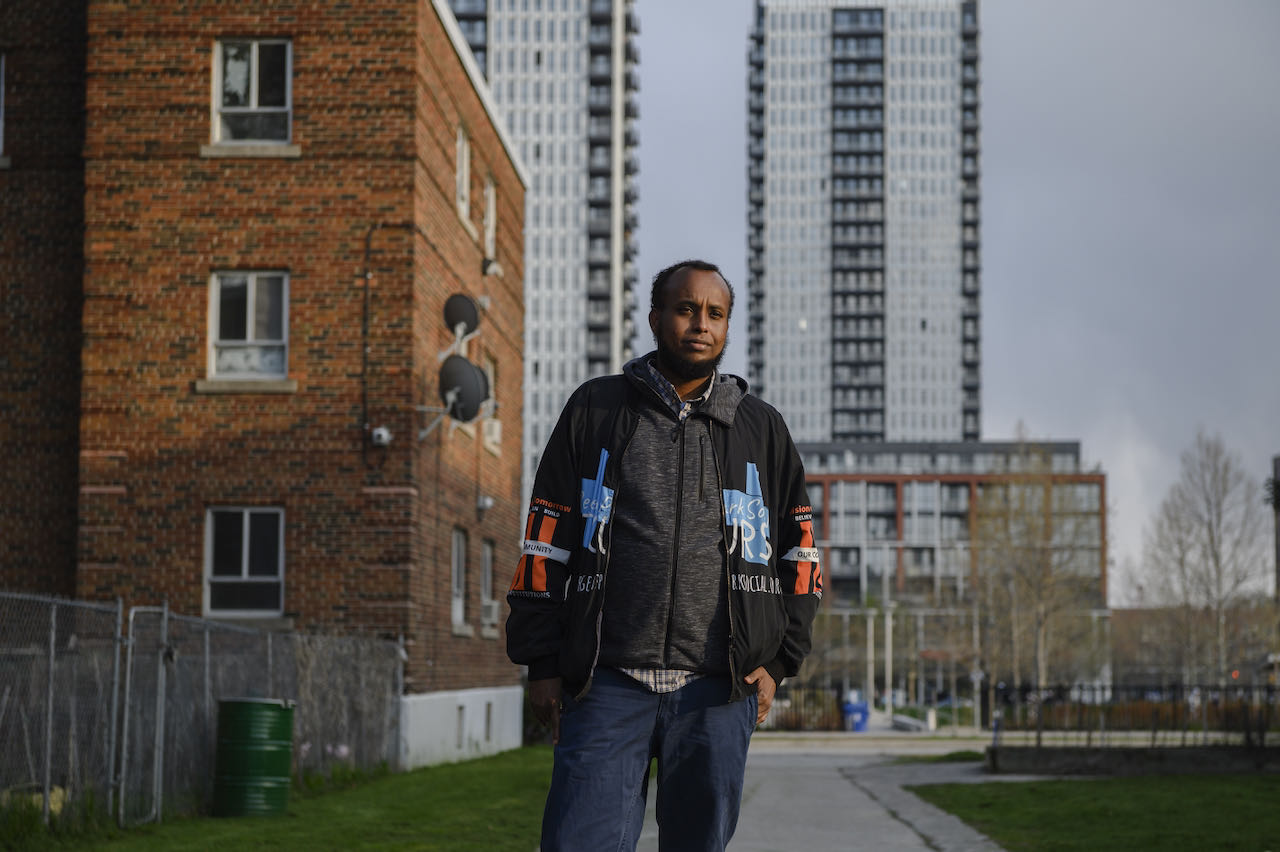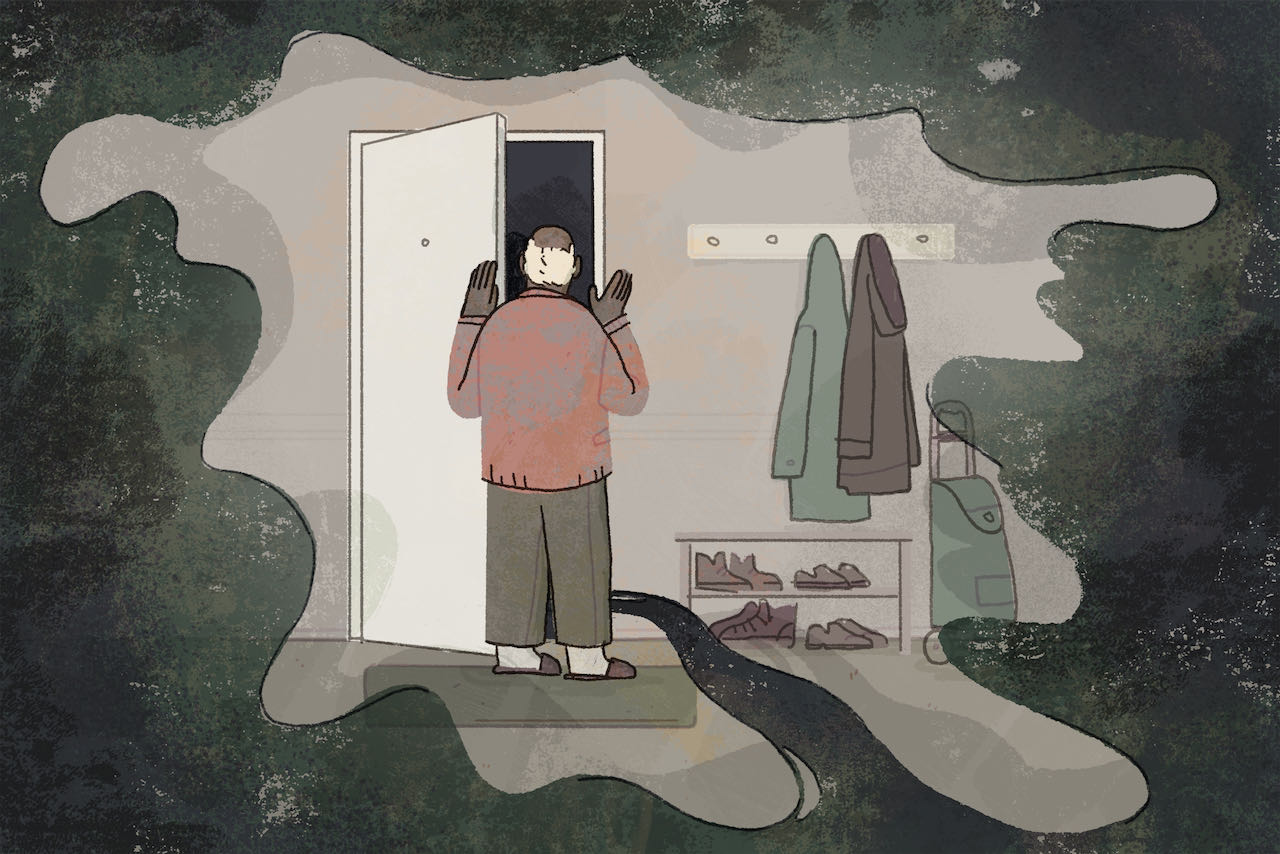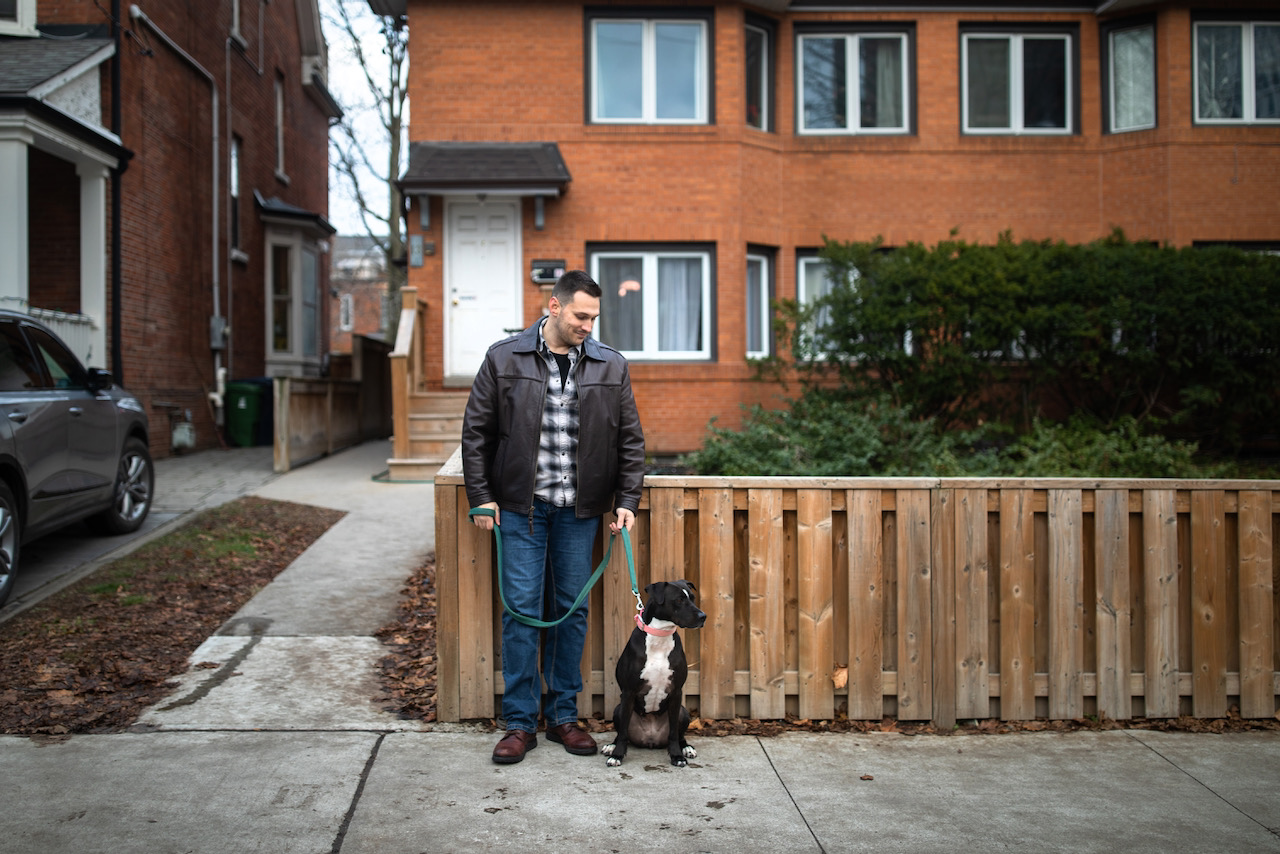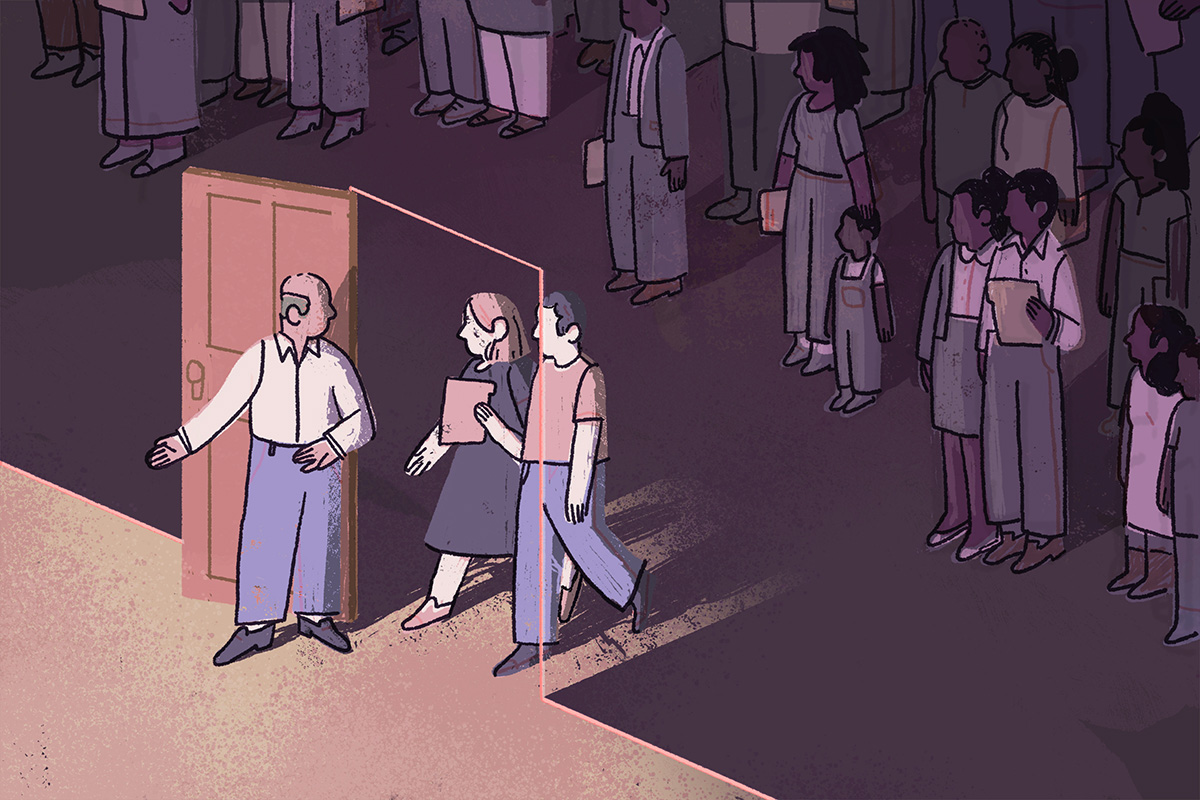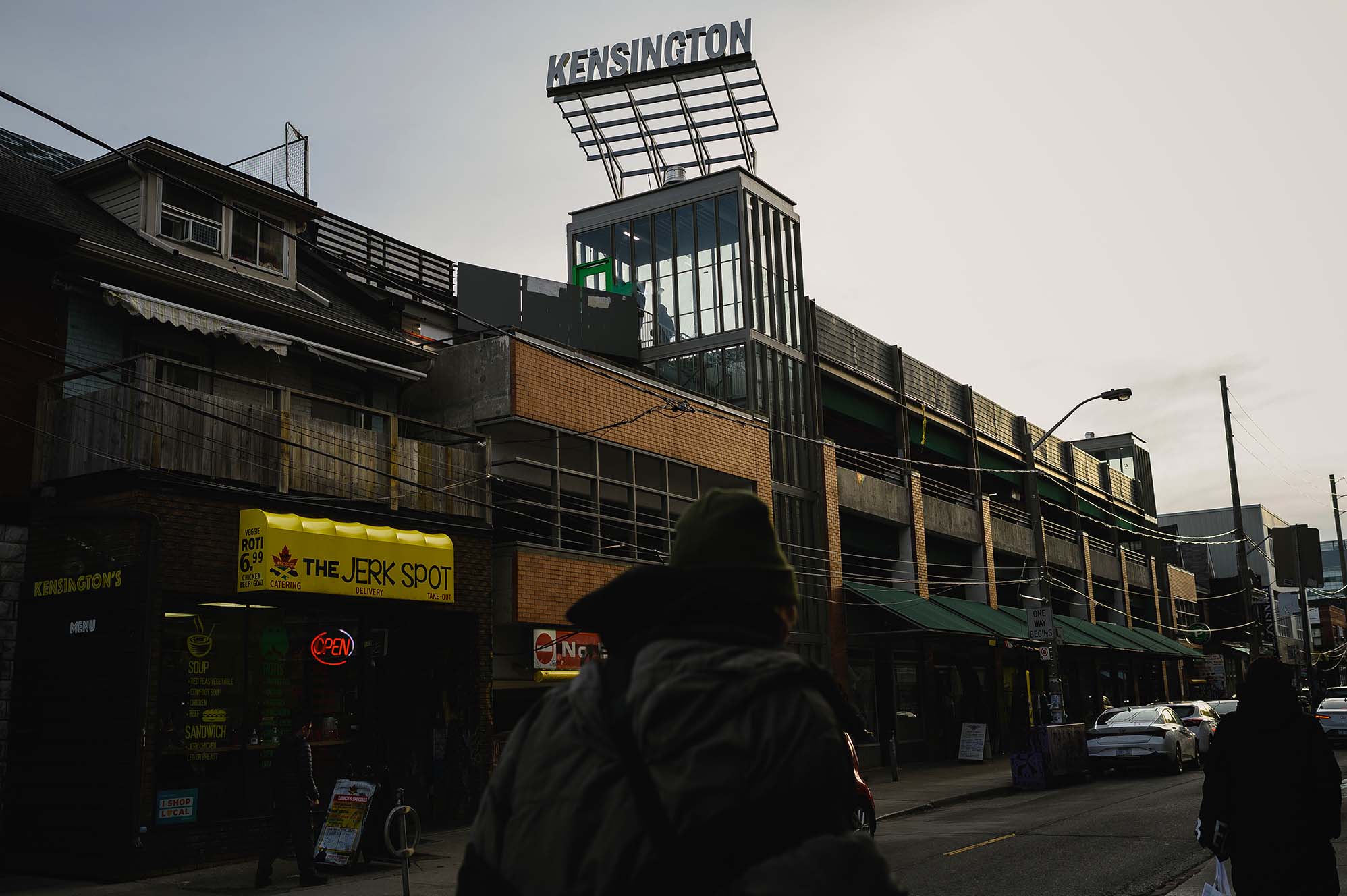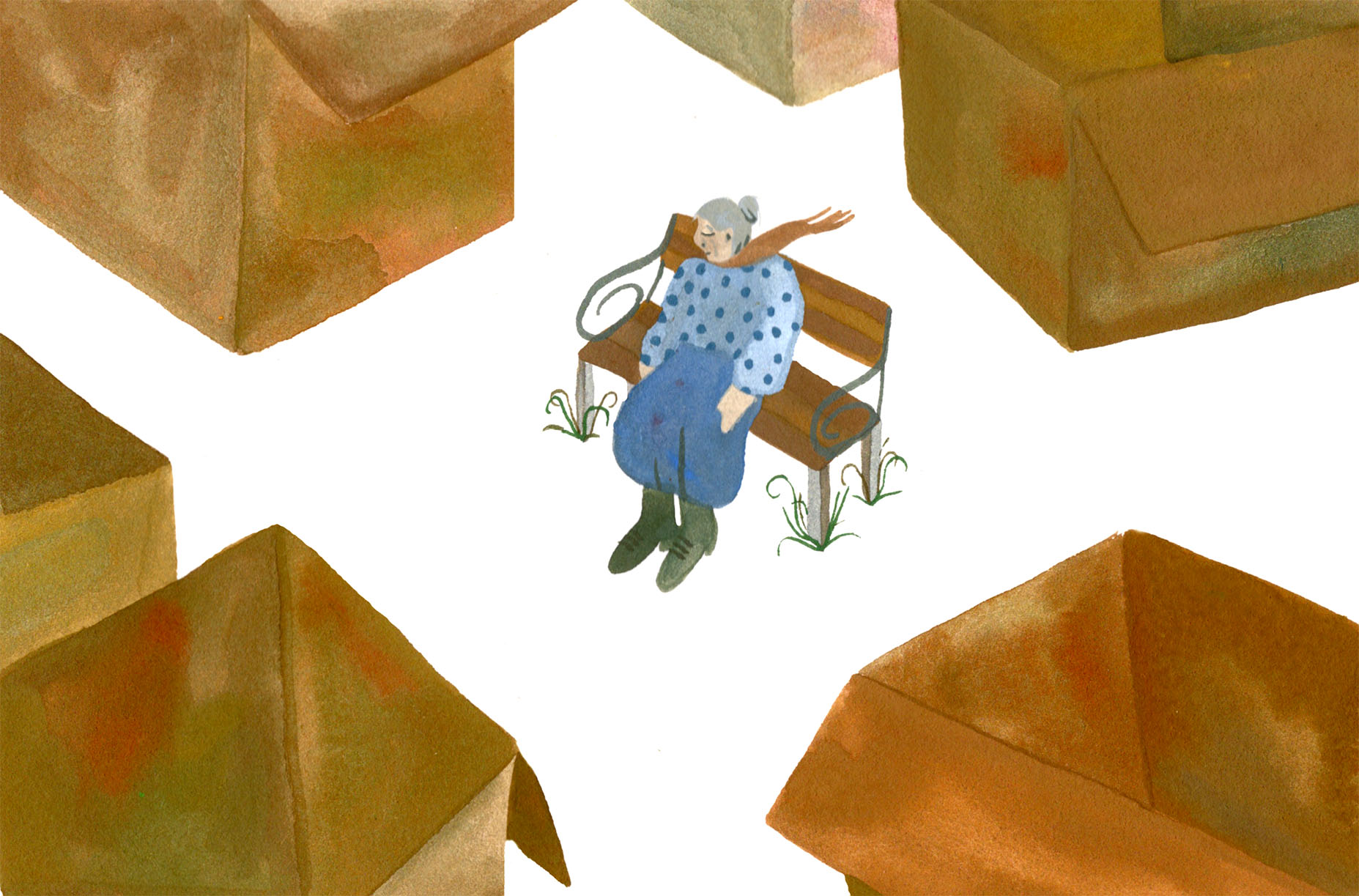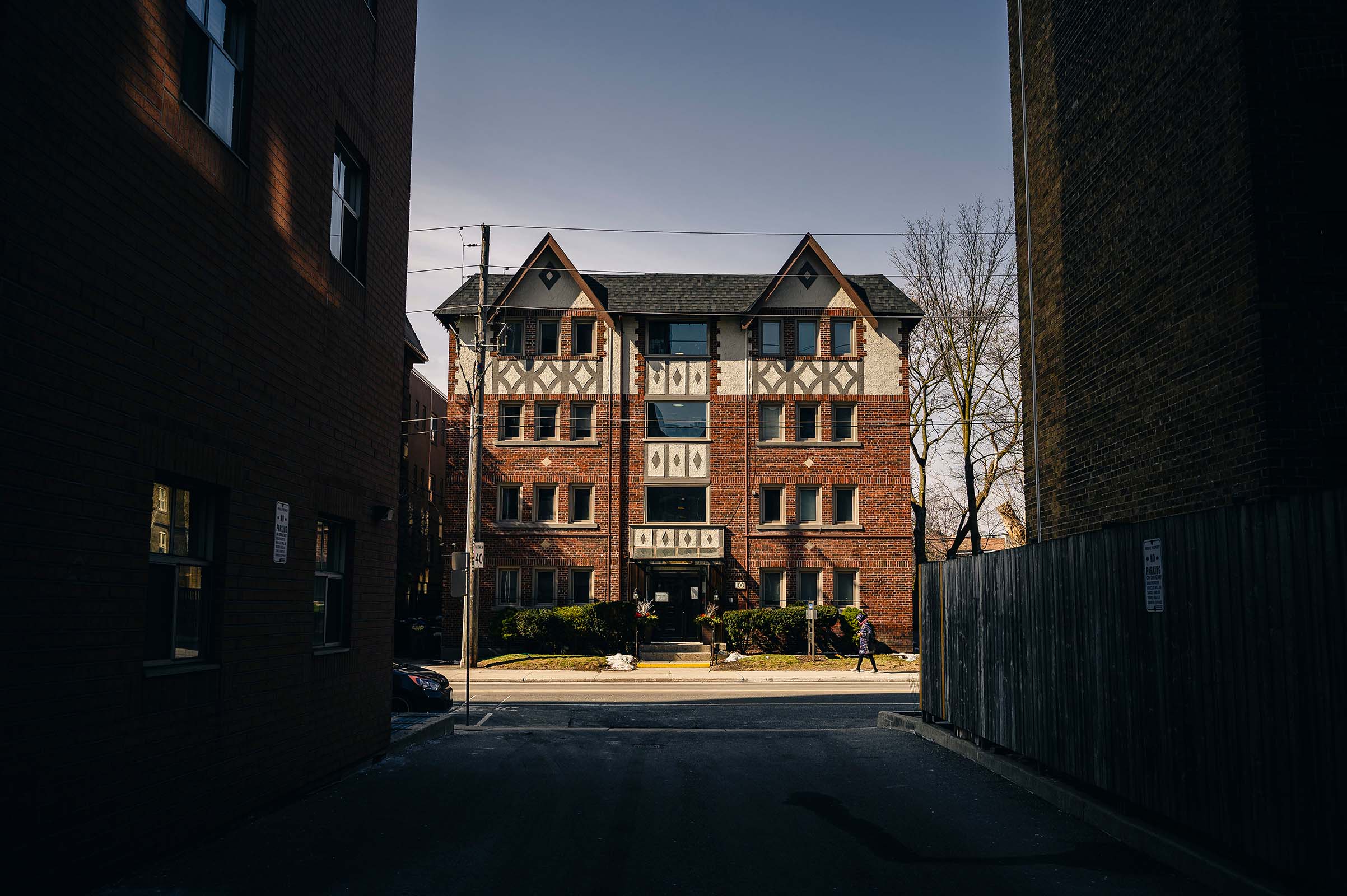

A few months back, my friend Maria Bui went to a showing for a $3.8 million house. Maria’s an artist and a child-care worker, a perpetual presence in the Toronto indie music scene and an occasional face-painter for children’s events. Shelling out nearly $4 million for a freshly renovated single-family home wasn’t really in the cards. And coming straight from work, in her scruffy jeans and boots, she could feel the realtor looking at her with scepticism. But she was curious about this particular property, at 140 Harrison Street.
The house near Trinity-Bellwoods had been Maria’s home for 11 years. She’d lived in an apartment on the second floor, with the elderly landlady on the first floor, an artist friend on the third, and another tenant in the basement.
In 2020, the owner decided to sell the house. Selling a house with renters is complicated. Unless new owners plan on moving into the house themselves, renters are entitled to stay in their apartments. When Maria was served eviction papers, however, she left without a fuss. Other tenants stayed on to fight, but in the end the house was emptied and the new owners took over.
Late last year, a new listing popped up online. It turned out the house wasn’t being lived in by the new owners. Instead, it was on the market again, marked up two million dollars after a luxury renovation.
An updated 1800s home near Trinity Bellwoods for $3,850,000 https://t.co/COB8hpfMgh
— Toronto Life (@torontolife) November 22, 2022
A story in Toronto Life gushed over the gas fireplace with marble surround and the heated floors in the bathroom. It also came with a backstory that explained, in a casual aside, how four people had been pushed out of their homes: “The owners intended to renovate and move into the home. However, they’ve since changed their minds and are looking for a buyer with a taste for luxury.”
Stories like Maria’s are as common as high-end kitchen renovations in 2023. These kinds of evictions don’t just happen when a new owner takes over a house, but when landlords are looking to increase rent on their property. While current tenants are protected from sharp increases (except those in apartments built after 2018) a new tenant can be charged as much as the market will bear. For landlords, with rents booming, pushing people out through whatever means necessary just makes good business sense. Along with so-called “renovictions,” an own-use eviction, in which a landlord removes a tenant in order for the owner or their immediate family to move in, is one of the easiest ways to evict someone.
Since 2019, own-use evictions in Ontario have risen 41 percent, according to the Landlord and Tenant Board. In Toronto, after a two year dip during the pandemic, the number of own-use evictions in 2022 surpassed 2019 levels, with 1,309. That number certainly undercounts the issue; most people, like Maria, simply leave after receiving an eviction notice, leaving no paper trail. One measure tenant advocates look at to get a better sense of the real numbers is how many times an N12—the form used for an own-use eviction—is downloaded. Last year, N12s in Ontario were downloaded 82,595 times, a steep rise from 54,201 in 2018.
Own-use evictions are just one small corner of the rental crisis, but their prevalence points to a bigger issue in how we conceive of the problem. The “housing crisis” is constantly invoked as the issue of the moment. Solving it is the first plank in any politician’s platform. But at this point, the term feels like it might obscure as much as it illuminates. Skyrocketing rents are a crisis for one segment of the population, yes, but they are an absolute boon for another. For every tenant pushed out of their home through a questionable own-use eviction, there is a landlord that increases their profit. When rent goes up to astronomical heights—reaching more than $2,500 for a one-bedroom in Toronto according to Rentals.ca data analyzed by Urbanationation—it is not universally experienced as a “crisis”; for some, it is a windfall.
This is an obvious truth, but one we don’t generally dwell on, preferring the pretence that the city as a whole is suffering through a crisis together. But the fact that, for a politically important segment of the city, the “housing crisis” has been an absolute godsend can’t be ignored. It sets the boundaries on our policy choices around tenant protections. It sits, unspoken, at every neighbourhood association meeting against a new apartment building. It infuses every aspect of our response, or lack of response, to what should be a five-alarm fire. And while the need to build more homes faster should be obvious to anyone without a vested interest in denying it, the widening power asymmetry between renters and landlords can’t be solved with supply alone.
The Local’s Rent Series, which launches today, isn’t about “the housing crisis,” but the barriers preventing the almost 50 percent of the population who are renters from making a life in Toronto. Tahmeed Shafiq’s investigation into wait times at the Landlord and Tenant Board is a strong illustration of the asymmetry of the problem. For the last nine months of available data, Shafiq found that wait times for applications to the board brought by tenants took seven months longer than applications by landlords. It is much, much quicker for a landlord to evict someone than it is for a tenant to get a hearing for a rights violation or lack of maintenance in their home.
When I spoke to Maria a little while ago, she had moved on. After being forced out of her apartment, she briefly looked for a new place but quickly realized she couldn’t afford to live alone. She decided to move in with her boyfriend, in a new neighbourhood. The house on Harrison is still for sale. It is, the real estate copy reads, a “true jewel in the heart of one of the best cities in the world.”
Our Rent Series is made possible through the generous support of Maytree. All stories were produced independently by The Local.

